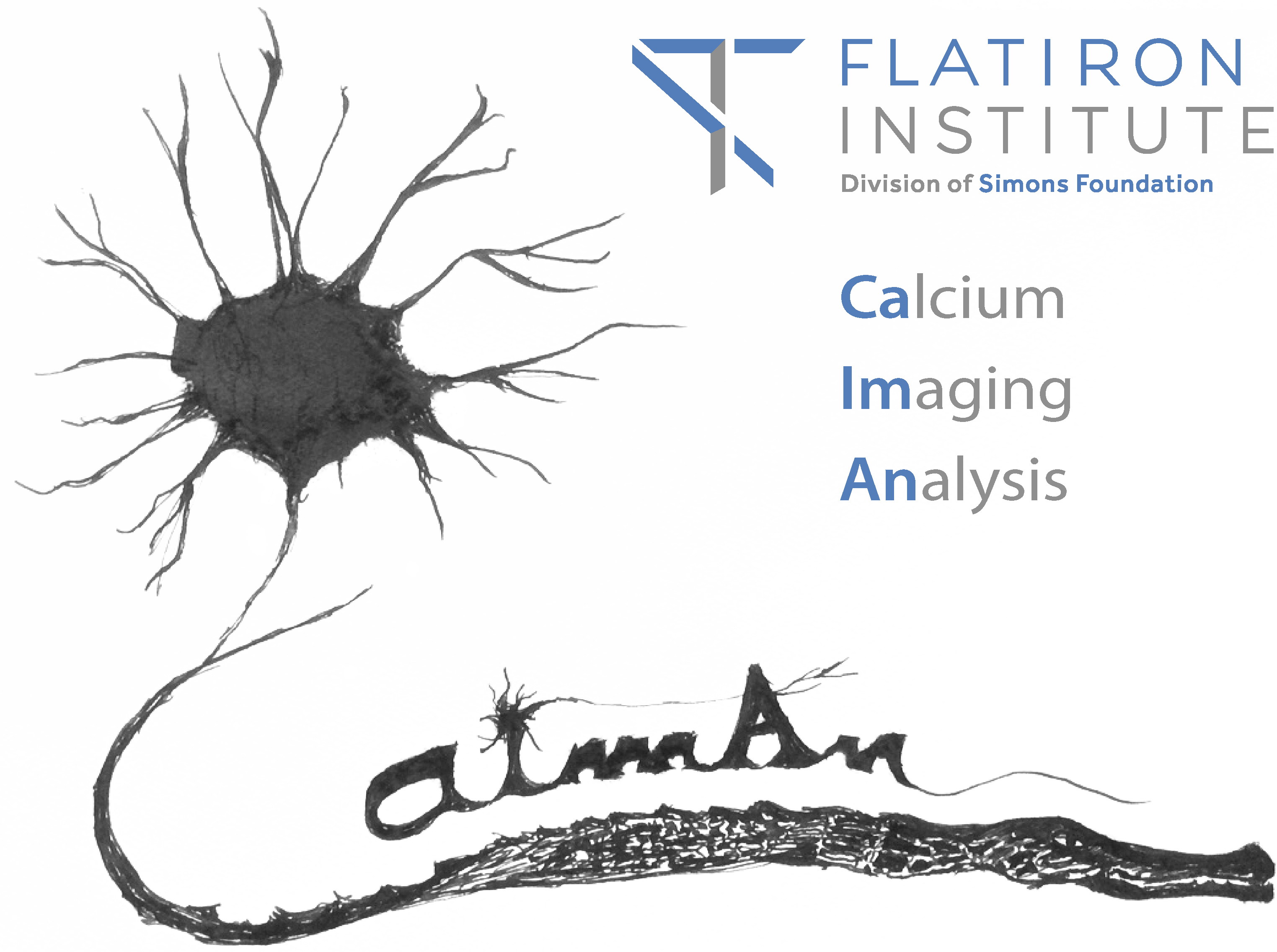Efficient and accurate extraction of in vivo calcium signals from microendoscopic video data
In vivo calcium imaging through microscopes has enabled deep brain imaging of previously inaccessible neuronal populations within the brains of freely moving subjects. However, microendoscopic data suffer from high levels of background fluorescence as well as an increased potential for overlapping neuronal signals. Previous methods fail in identifying neurons and demixing their temporal activity because the cellular signals are often submerged in the large fluctuating background. Here we develop an efficient method to extract cellular signals with minimal influence from the background. We model the background with two realistic components: (1) one models the constant baseline and slow trends of each pixel, and (2) the other models the fast fluctuations from out-of-focus signals and is therefore constrained to have low spatial-frequency structure. This decomposition avoids cellular signals being absorbed into the background term. After subtracting the background approximated with this model, we use Constrained Nonnegative Matrix Factorization (CNMF, Pnevmatikakis et al. (2016)) to better demix neural signals and get their denoised and deconvolved temporal activity. We validate our method on simulated and experimental data, where it shows fast, reliable, and high quality signal extraction under a wide variety of imaging parameters.
PDF Abstract